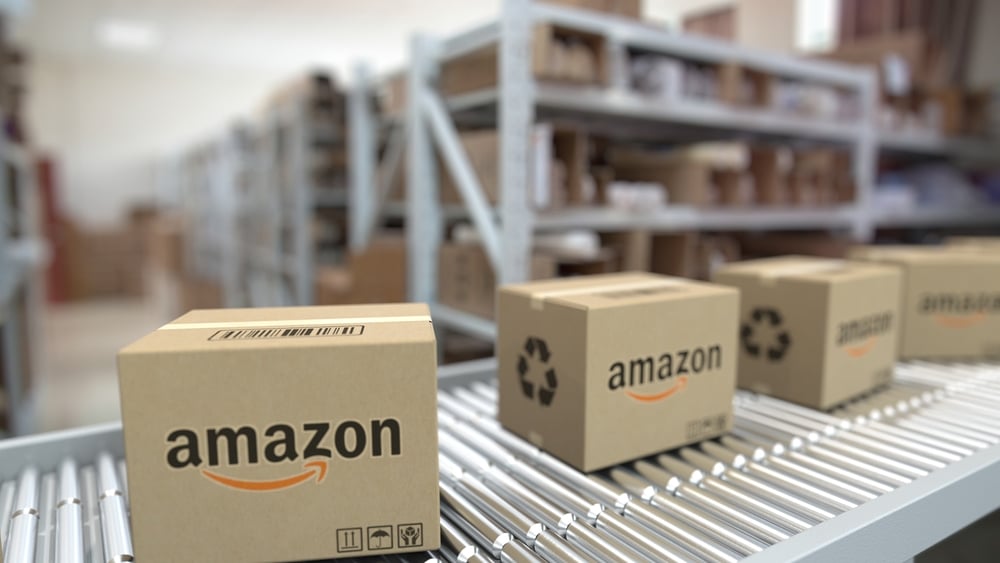Amazon backorders can be a challenging aspect to manage for both sellers and customers in the eCommerce market. However, it also offers opportunities to explore unique ways to invest money effectively. Understanding how to navigate these issues effectively can lead to increased sales, better customer satisfaction, but also lead to substantial returns on your investment in the long run. and improved overall performance on the platform.
Understanding Amazon Backorders
An Amazon backorder occurs when a product is listed as available for purchase but cannot be shipped immediately due to low stock or other inventory issues. This situation arises when a seller’s inventory runs out before the restocking process is completed. The result is that customers may experience delays in receiving their orders, which can lead to dissatisfaction and negative feedback from buyers.
The Impact on Sellers
For sellers, Amazon backorders can negatively affect sales rankings and overall performance metrics. When products are consistently backordered, it signals to potential buyers that the item may not be readily available, leading them to consider alternative options. Additionally, longer wait times for order fulfillment can deter customers from making purchases, ultimately impacting your bottom line.
The Impact on Buyers
From a buyer’s perspective, backorders can cause frustration and uncertainty about the expected delivery date of their purchase. In some cases, this confusion can lead to canceled orders or negative reviews, further damaging a seller’s reputation and sales potential.

Strategies to Manage Amazon Backorders
Fortunately, there are several strategies that sellers can implement to manage backorders efficiently and prevent negative impacts on their business.
1. Monitor Inventory Levels Closely
Keeping a close eye on your inventory levels allows you to make informed decisions about when to restock items and avoid running into backorder situations. Utilize the inventory management tools provided by Amazon to gain insight into your stock levels and make adjustments as needed.
2. Establish a Reliable Restock Process
Having a well-timed restocking process in place can help prevent backorders from occurring. Work closely with suppliers to ensure that you have a consistent flow of products arriving at the fulfillment center, and consider utilizing tools like Amazon’s Inventory Performance Index (IPI) to gauge the efficiency of your inventory management practices.
- Set Accurate Lead Times: By providing clear and accurate lead times for when a product will be back in stock, customers are more likely to wait for the item rather than seeking alternatives. Ensure these estimates are realistic and communicate any updates to buyers promptly.
- Utilize Multiple Fulfillment Channels: In addition to using Amazon FBA (Fulfillment by Amazon), consider partnering with other third-party logistics providers or fulfilling orders in-house to diversify your fulfillment channels and minimize the risk of backorder situations.
3. Communicate Openly with Customers
Transparency is key when it comes to managing customer expectations during backorder situations. Clearly communicate any delays or changes in availability on your product listings, and provide prompt updates to buyers who have already placed orders. This proactive approach can help maintain trust and loyalty among your customer base, despite the inconvenience of backordered items.

How to Handle Existing Amazon Backorders
If you find yourself facing a backlog of unfulfilled orders due to backorders, it’s essential to take action quickly to mitigate potential damage to your seller reputation and sales performance.
- Contact the Customer: Reach out to the buyer to inform them of the delay and provide an updated estimated delivery date. Offering a sincere apology for the inconvenience can go a long way in maintaining customer satisfaction.
- Offer Alternatives: If you have other similar products available, consider offering them as an alternative to the backordered item, or provide a discount on future purchases as compensation for the inconvenience.
- Cancel and Refund Orders if Necessary: In some cases, it may be best to cancel the order and issue a full refund if the wait time is too long or the customer requests it. While this may not be ideal from a sales perspective, it can help protect your seller reputation by avoiding negative feedback related to lengthy shipping delays.
Preventing Future Amazon Backorders
Maintaining a proactive approach to inventory management and communication with customers is crucial in preventing backorders on Amazon. By monitoring stock levels closely, optimizing your restocking process, and keeping buyers informed about any changes or delays, sellers can minimize the risk of running into backorder situations and maintain a thriving online business.


















